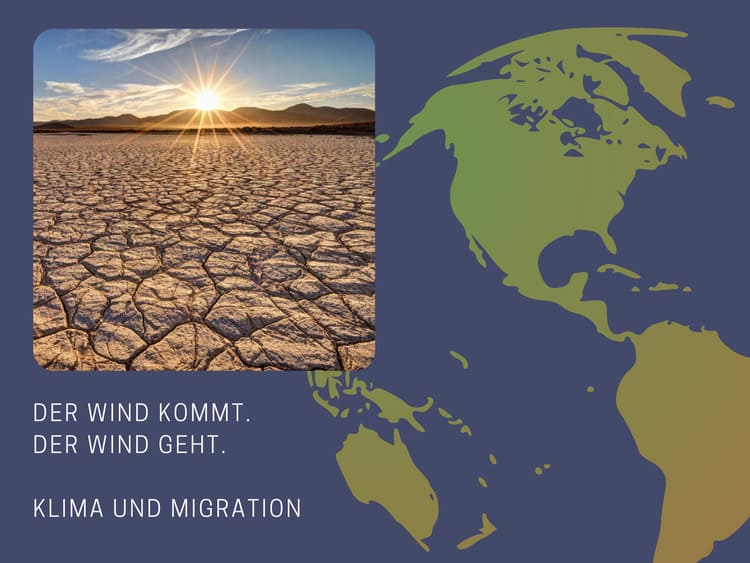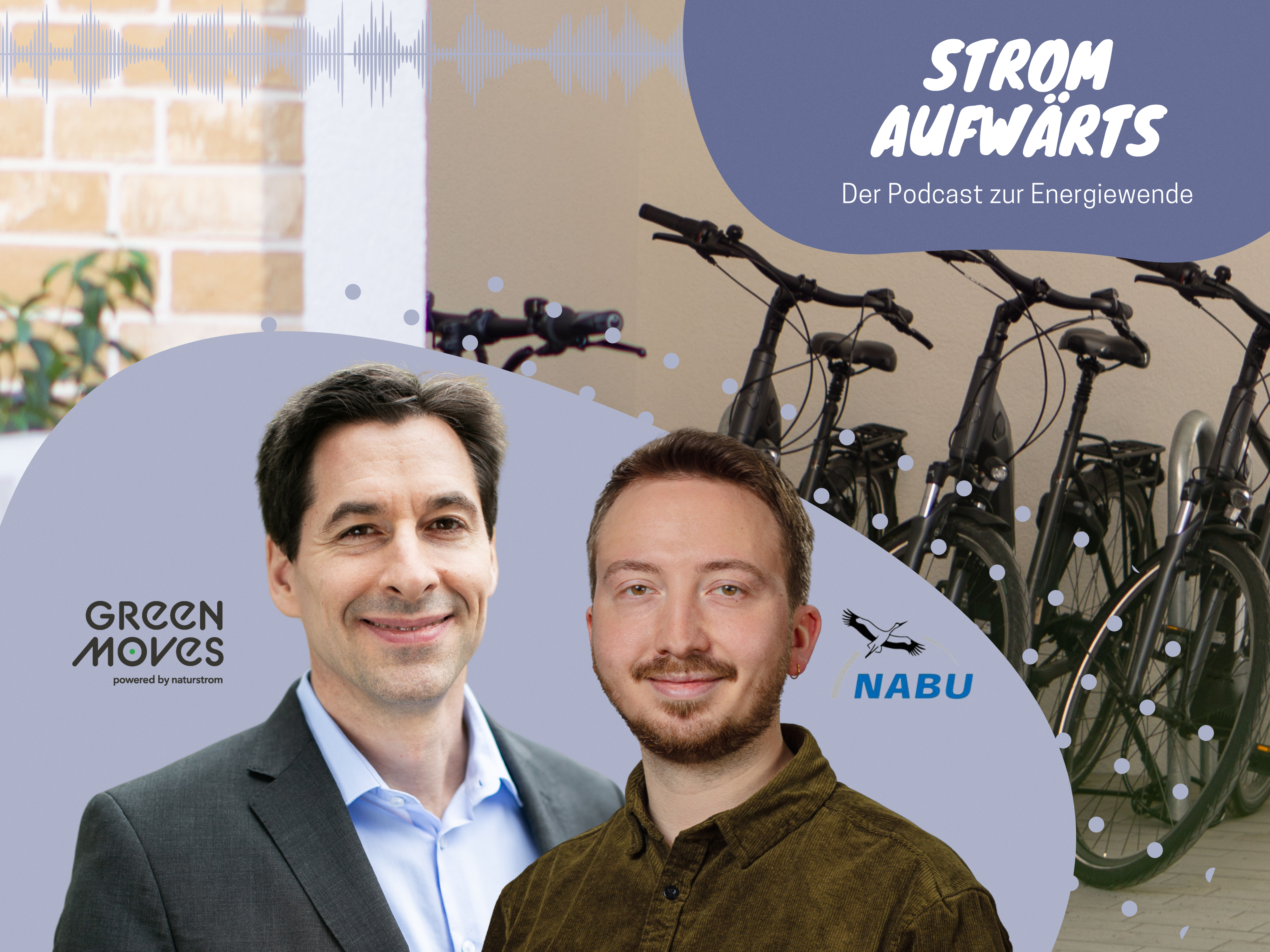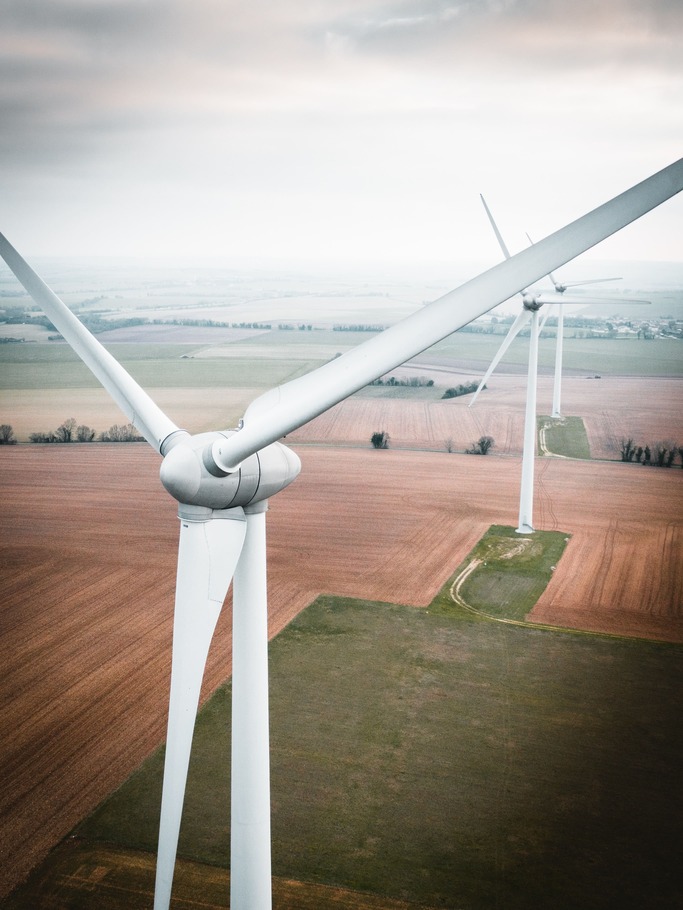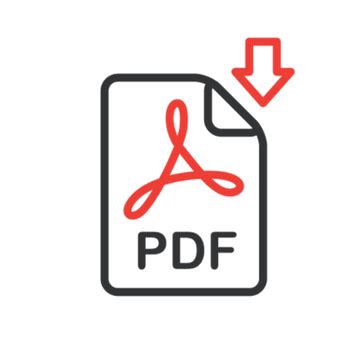| El viento viene El viento se va por la frontera. El viento viene El viento se va. El hambre viene El hombre se va sin más razón. | The wind comes | ||
|---|---|---|---|
| El viento - Manu Chao - 1998 |
What the French-Basque musician Manu Chao captured poetically in 1998 is today the subject of social science research on climate-induced migration. Do people leave their homes as soon as the wind shifts, the climate becomes harsher, the soil becomes salinized and sea levels rise? Do they really need no further reason to do so?
UN: Climate change can be a reason for asylum - not in Germany
In 2020, the UN Human Rights Committee announced that climate change was in principle a possible cause for asylum proceedings (Der Spiegel 2020). In the case of a man from the Pacific island nation of Kiribati, it was decided that his deportation from New Zealand had been legal. Overall, however, the UN Human Rights Office considered the new interpretation to be historic, as it was the first time that a connection between climate change impacts and migration movements had been established.
The German government does not share this assessment and argues with questionable excuses (more on this below). The German Advisory Council on Global Change (WBGU) recommends that climate passports be issued by sunken island states, desertified territories, and other territories that have become uninhabitable. This is to allow those displaced by climate change to claim their entitlement to "access and citizenship-like rights" (WBGU 2018).
On the complex relationship between climate and migration, Melanie Alberts, from Grüner Strom Label e.V., interviewed migration researcher and sociologist Dr. Benjamin Schraven from the German Development Institute (DIE) in Bonn in the 3rd episode of the podcast "Strom Aufwärts". Dr. Schraven conducts research on the relationship between migration and development (policy), environmental change and migration, migration governance, migration and rural development, and climate change adaptation. In the podcast, Dr. Schraven clarified, among other things, what the biggest existing misconceptions about the climate-migration nexus are that persist. Human mobility is - contrary to the prevailing negative public image - a completely normal phenomenon in a globalized world economy.
Questionable figures - manipulative utilization - rejected responsibility
The figure of 200 million climate refugees by 2060 has been circulating in German and international media since the 1990s, often largely without context, definition, or method of its ascertainment (see Gemenne 2011). University professor and conservationist Norman Myers put it out there at the time, according to the assessment of one of his Oxford colleagues, to "galvanize public opinion and persuade politicians to take action on climate change" (Castles 2011 cited in Barnes 2013). As noble as Myer's motive sounds, this "alarmist" position is sometimes misused politically. The AfD uses the World Bank's lower estimate of 140 million by 2050 for its conspiracy myth of a "hidden resettlement program for economic and poverty refugees" (Presseportal 2018) through the global migration pact, but this nevertheless plays out in the triple-digit millions. So a rough estimate like Myers', long disseminated for this purpose by UN sources, lends credibility to such conspiracy myths. More "skeptical" analyses of projected climate-induced migration tend to vary in the 10,000 range because they take a more nuanced approach to the phenomenon: for example, internal migration must be assessed differently than interstate migration. An estimated 57 percent of the world's migrating people change location within their own country (UNHCR 2020). The German government therefore does not accept the UN's assessment of the fundamental possibility of climate asylum, since climate flight has not yet been sufficiently researched. Methodically questionable figures, which "cannot be killed" (Interview Dr. Schraven), therefore allow the German government to legally evade responsibility, should climate migration to Europe actually take place in a few years.
Climate-induced migration - diverse and complex reasons
So-called circular labor migration is another concept that should hardly provide right-wing extremists with a basis for their propaganda. Here, people temporarily leave their home country in order to earn a living elsewhere - often in commercial agriculture or in the informal sector of the next larger city - for the family that has remained at home (cf. Schraven 2020). Returns in the form of money or know-how can then improve the family's situation to the point where a return often occurs after some time: "People tend to move short distances for short periods of time [...] and then return" (Alex Randall, Climate Outreach and Information Network, cited in Barnes 2013). In this context, Dr. Schraven also sees human mobility as a possible adaptation strategy to the climate crisis: monetary returns can go toward compensating for income losses caused by climate change at the point of origin. Knowledge transfers contribute to the diversification of income sources.
Migration to the Global North is thus only the tip of the iceberg. Without seeing the 200 million figure in its many contexts, subtleties of migration research over the past 20 years are lost. For example, not every migration movement is automatically a flight. The latter term implies direct coercion and is linked to the status of "refugees" under international law, who can claim protection under the Geneva Refugee Convention. Since environmental and climate change are not stipulated as reasons for flight in this convention, which was adopted in 1951, there can be no climate flight at all from a purely international law perspective (Tangermann/Kreienbrink 2019). Whether the aforementioned UN decision will change this situation depends ultimately on the will of the individual states to implement it.
The wedged - climate can also force to stay
But of course, people also leave their home countries because climate change deprives them of their livelihoods there. Here, too, there is a problem of definition: who is counted as a climate migrant? Only those who are forced to migrate by rising sea levels? Or also those whose economic ground is gradually crumbling away from under their feet as a result of climatic instability? Agriculture, water supply, and vital ecosystems are extremely climate-sensitive and in turn often form a complex collection of reasons that drive people to migrate.
Schraven emphasizes that there is no linear relationship between global warming and the extent of climate-induced migration: the climate crisis can also result in less human mobility, as the economic resources necessary for migration are no longer available. This is especially true for small farmers, livestock nomads, and the urban poor in the Global South. Their forced immobility appears to be much more serious, as the adaptation strategy of migration, which was previously a last resort, is no longer available. These so-called trapped populations have nowhere to go - certainly not to Europe - but staying is often not an option.
With the right questions to deeper understanding - understanding migrant lifeworlds
In order to make migration research more holistic, Schraven therefore calls for an expansion of the questions to include the experiences of migrants and vulnerable population groups: "What do they actually go through? What does their lifeworld look like?" This should take the place of the overly simplistic question, "Are they going or not going?" For as described before, human mobility is not always an expression of capitulation to the climate crisis, but can, on the contrary, be a promising adaptation strategy.
Therefore, Dr. Schraven would like to see politicians do their best to prevent the inhumane aspects of forced migration - smuggling, human trafficking, deportations often without asylum procedures, excesses of violence at borders. At the same time, politicians and the public should be able to take a more differentiated view of the wide range of voluntary forms of human mobility and promote their benefits. This takes into account a globalized world in which resilience to climate change must become increasingly "translocal" (Keck/Sakdapolrak 2013), that is, trans-local. In this world, climate is often one of the key reasons, but not the only one, that drives people to move. The wind helps to carry them away, but it certainly does not do so alone.
More interesting facts about climate and migration in episode 3 of our Power Up Podcasts.
Sources
Barnes, H. (2013): How many climate migrants will there be?, URL: https://www.bbc.com/news/magazine-23899195, last accessed 21.06.2021.
Der Spiegel (2020): Historic decision. Climate refugees may be entitled to asylum, URL: https://www.spiegel.de/ausland/uno-klimafluechtlinge-koennen-asylanspruch-haben-a-6a9f971e-6e67-41fb-9d6d-757af014578d, last accessed 21.06.2021.
Gemenne, F. (2011). Why the Numbers Don't Add Up: A Review of Estimates and Predictions of People Displaced by Environmental Changes. Global Environmental Change, 21, pp. 41-49. URL: https://www.sciencedirect.com/science/article/abs/pii/S0959378011001403?viaihub
Keck, M. & Sakdapolrak, P. (2013): What Is Social Resilience? Lessons Learned and Ways Forward. Earth Science, 67(1), pp. 5-19. https://www.erdkunde.uni-bonn.de/archive/2013-1/what-is-social-resilience-lessons-learned-and-ways-forward.
Press Portal (2018): Meuthen: Austria shows how it's done - No to the UN migration pact, URL: https://www.presseportal.de/pm/110332/4102675, last accessed 21.06.2021.
Schraven, B. (2020): From health crisis to migration crisis? How we need to address post-Corona climate migration, URL: https://www.die-gdi.de/die-aktuelle-kolumne/article/wie-wir-der-klimamigration-nach-der-corona-zeit-begegnen-muessen/, last accessed 21.06.2021.








